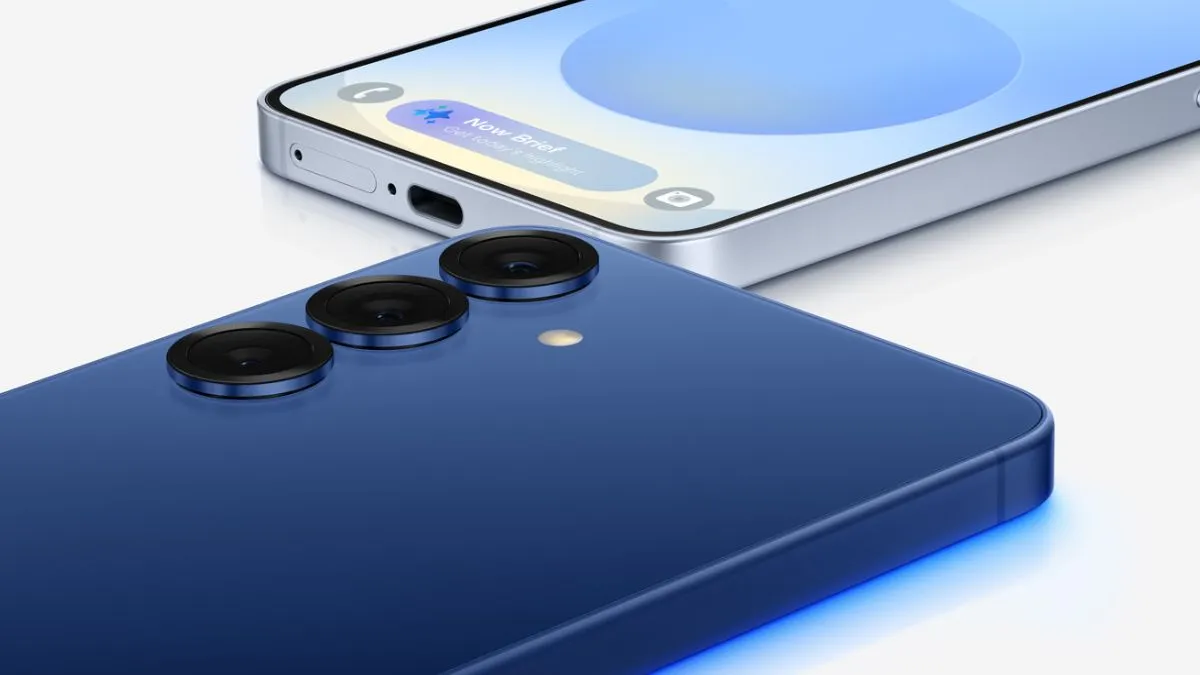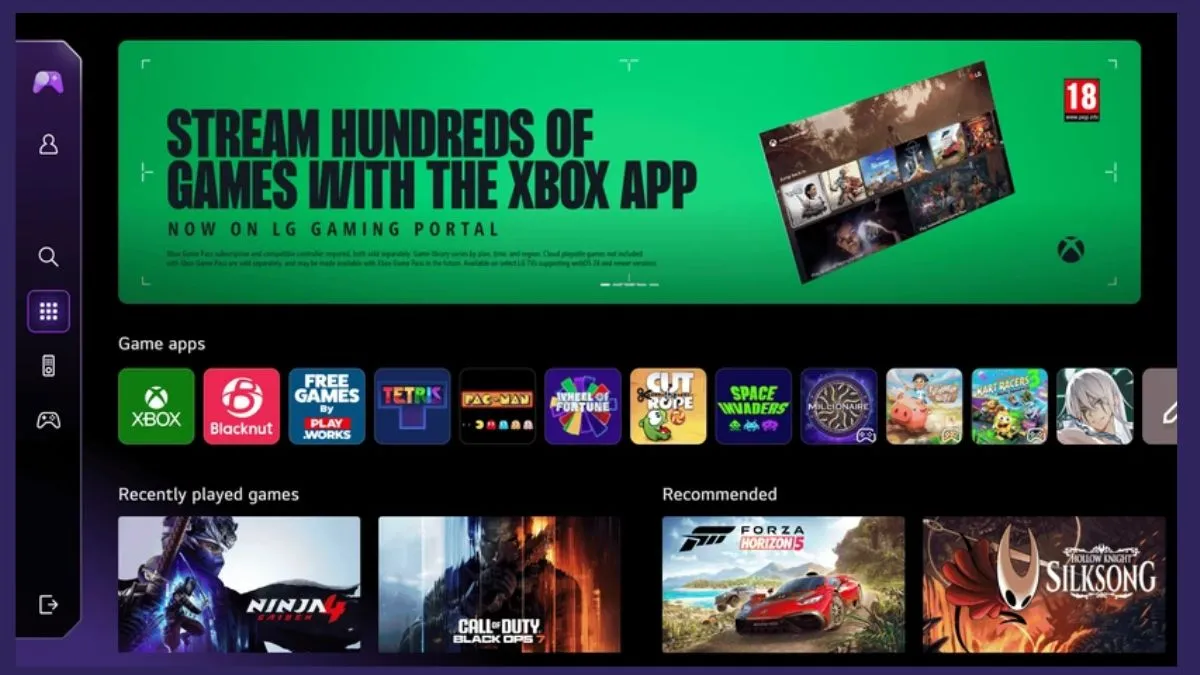Gadgets
Top 10 Mobile Brands in India Under ₹20,000
The Indian smartphone market is highly competitive, especially in the mid-range segment under ₹30,000. In this price bracket, brands offer premium features like AMOLED displays, high refresh rates, powerful processors, and capable camera systems. Here’s a detailed look at the top 10 mobile brands and their standout models under ₹20,000 available in India in 2025.

Top Model: OnePlus Nord CE 4
- Price: ₹24,999
- Processor: Qualcomm Snapdragon 7 Gen 3
- Display: 6.7″ AMOLED, 120Hz refresh rate
- Camera: 50MP Sony IMX890 main sensor
- Battery: 5,500 mAh with 100W SuperVOOC charging
Why It Stands Out: OnePlus continues to deliver clean software (OxygenOS) and flagship-grade performance at a mid-range price.
2. Samsung
Top Model: Samsung Galaxy M15 5G
- Price: ₹13,999 – ₹17,999 (for 8GB/128GB variant)
- Processor: MediaTek Dimensity 6100+
- Display: 6.5″ Super AMOLED, 90Hz refresh rate
- Camera: 50MP triple camera setup
- Battery: 6,000 mAh with 25W fast charging
Why It Stands Out: Samsung’s display and software experience (One UI) are major strengths. Also promises 4 years of OS updates.
3. iQOO
Top Model: iQOO Z9 5G
- Price: ₹19,999
- Processor: MediaTek Dimensity 7200
- Display: 6.67″ AMOLED, 120Hz
- Camera: 50MP Sony IMX882 with OIS
- Battery: 5,000 mAh with 44W fast charging
Why It Stands Out: Focuses on performance-centric users, especially gamers, thanks to powerful chipsets and smooth displays.
4. Realme
Top Model: Realme Narzo 70 Pro 5G
- Price: ₹19,999
- Processor: MediaTek Dimensity 7050
- Display: 6.67″ AMOLED, 120Hz
- Camera: 50MP Sony IMX890 with OIS
- Battery: 5,000 mAh with 67W fast charging
Why It Stands Out: Realme balances style, performance, and camera quality at affordable prices.
5. Redmi (Xiaomi)
Top Model: Redmi Note 13 Pro 5G
- Price: ₹25,999
- Processor: Qualcomm Snapdragon 7s Gen 2
- Display: 6.67″ AMOLED, 120Hz, Dolby Vision support
- Camera: 200MP Samsung ISOCELL HP3
- Battery: 5,100 mAh with 67W fast charging
Why It Stands Out: Delivers cutting-edge specs (especially the camera) typically found in higher-priced phones.
6. Motorola
Top Model: Motorola Edge 40 Neo
- Price: ₹22,999
- Processor: MediaTek Dimensity 7030
- Display: 6.55″ pOLED, 144Hz, HDR10+
- Camera: 50MP with OIS
- Battery: 5,000 mAh with 68W TurboPower charging
Why It Stands Out: Offers near-stock Android, great design, and an ultra-smooth display.
7. POCO
Top Model: POCO X6 5G
- Price: ₹21,999
- Processor: Qualcomm Snapdragon 7s Gen 2
- Display: 6.67″ AMOLED, 120Hz
- Camera: 64MP with OIS
- Battery: 5,100 mAh with 67W fast charging
Why It Stands Out: Strong specs-to-price ratio, especially for power users and gamers.
8. Infinix
Top Model: Infinix Zero 30 5G
- Price: ₹22,999
- Processor: MediaTek Dimensity 8020
- Display: 6.78″ AMOLED, 144Hz
- Camera: 108MP
- Battery: 5,000 mAh with 68W fast charging
Why It Stands Out: Aggressive pricing with premium specs, especially in display and camera.
9. Lava (Agni Series)
Top Model: Lava Agni 2 5G
- Price: ₹19,999
- Processor: MediaTek Dimensity 7050
- Display: 6.5″ Curved AMOLED, 120Hz
- Camera: 50MP main
- Battery: 4,700 mAh with 66W fast charging
Why It Stands Out: Indian brand with premium design and clean UI, gaining strong traction.
10. Tecno
Top Model: Tecno Camon 20 Premier 5G
- Price: ₹25,999
- Processor: MediaTek Dimensity 8050
- Display: 6.67″ AMOLED, 120Hz
- Camera: 50MP + 108MP ultrawide
- Battery: 5,000 mAh with 45W fast charging
Why It Stands Out: Unique camera configuration and strong multimedia performance.
Conclusion
Under ₹30,000, Indian consumers are spoiled for choice. Whether you prioritize gaming, photography, battery life, or a clean Android experience, there’s a phone for everyone. Brands like OnePlus and Samsung offer polished ecosystems, while challengers like iQOO, Realme, and POCO pack top-tier specs for performance-hungry users.
Tips for Buyers:
- Check for software support (years of updates).
- Consider after-sales service and brand reliability.
- Look beyond specs: user experience matters.
Gadgets
Samsung Galaxy S25 Price Cut Rs 11,000: Best Reasons to Buy

Samsung Galaxy S25 Now Available with Rs 11,000 Price Cut: 5 Reasons to Buy and 1 to Skip
If you’re looking for a smartphone that balances performance, camera quality, and battery life, the Samsung Galaxy S25 is worth a serious look. With its latest price cut, it’s one of the most compelling flagship Android devices available today.
Major Price Cut on Flipkart
As the year comes to a close, Samsung is offering significant discounts on its flagship devices, making now an ideal time to upgrade. The Galaxy S25, originally launched at Rs 80,999, is now available on Flipkart starting at Rs 69,999 thanks to a mix of bank discounts, exchange offers, and combo deals.
How the Discounts Work
- HDFC Bank Credit Card Discount: Instant Rs 10,000 off, bringing the price down to Rs 70,999.
- Exchange Offer: Trade in an older smartphone and get an additional Rs 11,000 off over the exchange value.
- Flipkart Axis Card Discount: Additional Rs 2,095 off.
For example, exchanging an iPhone 13 could combine your old phone’s trade-in value with the Rs 11,000 bonus and the Rs 2,095 card discount.
- Buy More, Save More: Spend over Rs 15,000 on Flipkart in the same transaction and save another Rs 6,000.
Stacking these offers could potentially bring the Galaxy S25 down to just Rs 39,794—an incredible deal for a flagship Samsung phone.
5 Reasons to Buy the Samsung Galaxy S25
- Powerful Performance
The Galaxy S25 runs on the Snapdragon 8 Elite processor, offering faster speeds and improved efficiency over last year’s Exynos 2400-powered S24. Coupled with a 15% larger vapor chamber cooling system, the phone stays cooler and smoother during gaming, multitasking, or 4K video recording. - Upgraded RAM
All S25 models now come with 12GB of RAM, up from 8GB in the S24. This makes multitasking seamless, enhances camera processing, and ensures long-term system stability. - Refined Camera Experience
The new image signal processor (ISP) improves photo sharpness, skin tones, and color balance. Video mode now features smoother lens switching and a redesigned zoom slider. Pro users benefit from upgraded Expert RAW features, including exposure monitoring, ND filter control, and virtual aperture adjustments. - Sleek Design
The Galaxy S25 is thinner at 7.2mm (down from 7.6mm on the S24) and comes in fresh colors—Navy and Icy Blue—with elegant black camera rings. - Improved Battery Efficiency
While the S25 carries over a 4,000mAh battery, the Snapdragon 8 Elite’s efficiency helps extend usage to comfortably last a full day, even under heavy workloads.
1 Reason You Might Skip
The battery capacity remains the same as the S24, so if you’re looking for multi-day battery life, you may want to consider larger models in the S25 lineup.
Verdict: Is It Worth Buying?
With an upgraded processor, higher RAM, refined cameras, and a sleek design, the Samsung Galaxy S25 is one of the most complete Android phones of the year. With Flipkart’s heavy discounts, it has also become one of the best deals available. If you’ve been waiting for the right time to upgrade, now is that moment.
Gadgets
LG Adds Xbox Cloud Gaming to Smart TVs in India via New Gaming Portal

LG rolls out Xbox Cloud Gaming App on Smart TVs in India via new Gaming Portal
LG has launched its new Gaming Portal on smart TVs, introducing the official Xbox app and full Xbox Cloud Gaming support to models released between 2021 and 2025. With this rollout, Indian users subscribed to Xbox Game Pass can now stream popular Xbox titles directly on their LG TVs—no console required.
A Unified Cloud Gaming Hub
The LG Gaming Portal serves as a centralized hub that brings multiple cloud gaming services together. Users can instantly access supported games without downloading or installing them, offering a smooth and accessible cloud gaming experience.
With the Xbox app integrated into the portal, LG TV owners can stream titles such as Forza Horizon 5, Call of Duty: Black Ops 7, Raji: An Ancient Epic, and hundreds more available through Xbox Game Pass.
What You Need to Get Started
To begin playing Xbox Cloud Gaming on an LG TV, users only need:
- A supported LG webOS smart TV
- A high-speed internet connection
- A compatible Bluetooth controller
- An active Xbox Game Pass subscription
Xbox Game Pass Plans in India
Microsoft currently offers three monthly Game Pass tiers:
- Essential: ₹499
- Premium: ₹699
- Ultimate: ₹1,389
All plans provide access to Xbox Cloud Gaming, enabling users to stream games across supported platforms.
Available on 2021–2025 LG TV Models
The Gaming Portal and Xbox app are rolling out gradually through a software update to LG smart TVs released from 2021 to 2025 running webOS. Once updated, the Gaming Portal will automatically appear on the home screen.
Beyond LG smart TVs, Xbox Cloud Gaming is also accessible on Xbox consoles, PCs, smartphones, Samsung TVs, Windows handhelds, and Amazon Fire TV devices. With LG’s latest update, big-screen, console-free gaming becomes even more accessible for Indian players.
Gadgets
📰 Refined Article: Dhanteras Sale 2025 – Xiaomi, Samsung & More Slash 43-inch Smart TV Prices by Half on Amazon

As the festive season peaks, Amazon’s Diwali and Dhanteras sale has brought some of the biggest discounts of the year on electronics — and this time, 43-inch 4K Smart TVs are at the center of attention. Major brands including Xiaomi, Samsung, Toshiba, TCL, and Philips are offering massive price cuts, bringing premium entertainment within reach of most Indian households.
If you’ve been waiting to upgrade your home entertainment setup, this Dhanteras might be the perfect opportunity — with prices starting under ₹17,000 for 4K UHD Smart TVs.
💥 Top 43-Inch Smart TV Deals on Amazon
1. Toshiba 43-inch 4K UHD Smart TV
- Discounted Price: ₹19,999 (MRP ₹39,999)
- Additional Bank Offer: Up to ₹3,000 off → effective price ₹16,999
- Features:
- Google TV OS
- Dolby Digital, HDR10, and HLG support
- Built-in voice assistant
- Why Buy: One of the most affordable 4K UHD TVs in its range with impressive display brightness and colour depth.

2. Xiaomi TV 43-inch FX Pro 4K Smart TV
- Sale Price: ₹23,999 (47% off)
- Additional Offers: ₹3,000 bank discount + ₹1,500 coupon
- Effective Price: Around ₹20,999
- Highlights:
- 4K Ultra HD with vivid picture engine
- Dolby Audio and DTS:X sound
- PatchWall+ and Google TV integration
- Why Buy: Xiaomi’s latest model balances affordability with premium performance, perfect for OTT lovers.
3. Samsung 43-inch Vision AI 4K UHD Smart TV
- Listed Price: ₹33,490 (39% off, down from ₹54,990)
- Extra Bank Offer: ₹3,000 instant discount
- Key Features:
- Vision AI processor for enhanced upscaling
- Smart Hub and built-in Alexa
- Sleek, bezel-less design
- Why Buy: Great for brand-conscious buyers seeking top-tier display quality with AI optimization.

4. Philips 43-inch QLED Smart TV
- Offer Price: ₹21,499 (down from ₹29,999)
- Additional Discount: ₹3,000 on select cards
- Specs:
- QLED panel with Dolby Vision
- HDR10+ support
- Android TV platform
- Why Buy: Delivers premium colour accuracy and contrast at a mid-range price.
🎯 Festive Season Buying Tip
During Dhanteras and Diwali, Amazon and Flipkart also offer no-cost EMI, exchange bonuses, and card-specific cashback offers from leading banks such as HDFC, ICICI, and SBI. Always compare final checkout prices before purchasing to maximise total savings.
Industry analysts say that the 43-inch category remains India’s most sought-after TV size due to its balance between screen size, room fit, and affordability — making this Dhanteras sale one of the best times to upgrade.
🪔 Final Takeaway
With deep discounts, cashback offers, and festive benefits, these Dhanteras Smart TV deals make 4K entertainment more accessible than ever. Whether you prefer Samsung’s AI-led visuals or Xiaomi’s feature-packed affordability, the current price drops are unlikely to return until next year’s sale season.
-

 Celebrity Lifestyle7 months ago
Celebrity Lifestyle7 months agoEx-Cricketer Shikhar Dhawan Buys Ultra-Luxury Apartment Worth ₹69 Crore in Gurugram
-

 Crime & Investigation5 months ago
Crime & Investigation5 months agoDelhi Police SI Neetu Bisht Caught Taking ₹20 Lakh Bribe – Shocking Details Emerge in Corruption Probe
-

 Glamour & Entertainment6 months ago
Glamour & Entertainment6 months agoTelegram Channels Disseminating Pro‑Russian Propaganda in Poland
-

 Business6 months ago
Business6 months agoAmazon sets 30‑day relocation deadline for corporate staff—opt out by resigning in 60 days
-

 Entertainment6 months ago
Entertainment6 months agoAbhijeet & Dr Tarika Reunite in CID 2 — Fans Say ‘Clear the Misunderstanding Now
-

 Bollywood4 months ago
Bollywood4 months agoNo ₹3 Lakh Fine or 2-Year Jail: The Truth Behind the ‘Hakla’ GIF Buzz
-

 Celebrity Lifestyle6 months ago
Celebrity Lifestyle6 months agoMaha Kumbh Girl Monalisa seen in car allegedly worth ₹1 crore
-

 Education6 months ago
Education6 months agoNEET UG Controversy Explained: Paper Leak, Impersonations & Ongoing Probe




